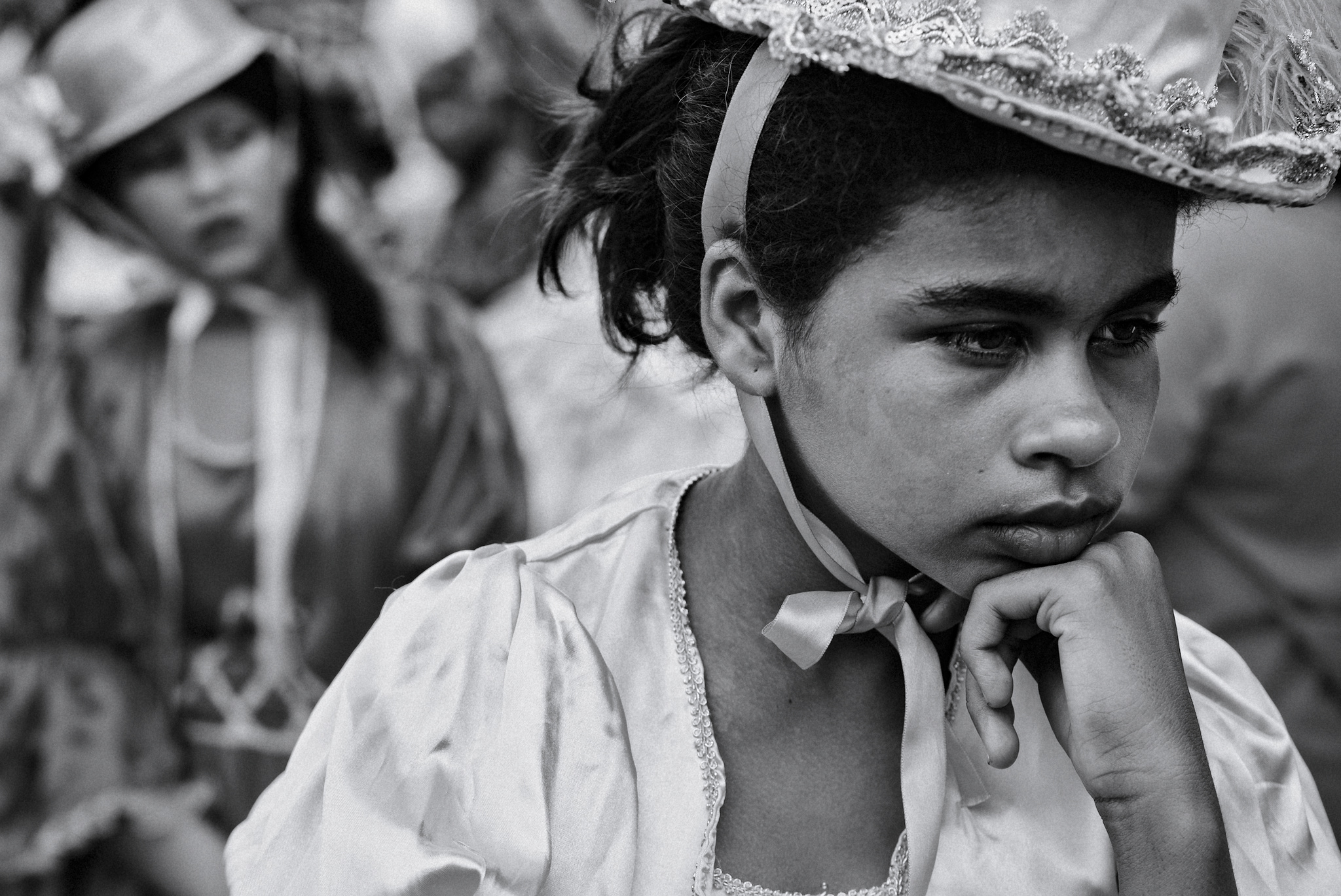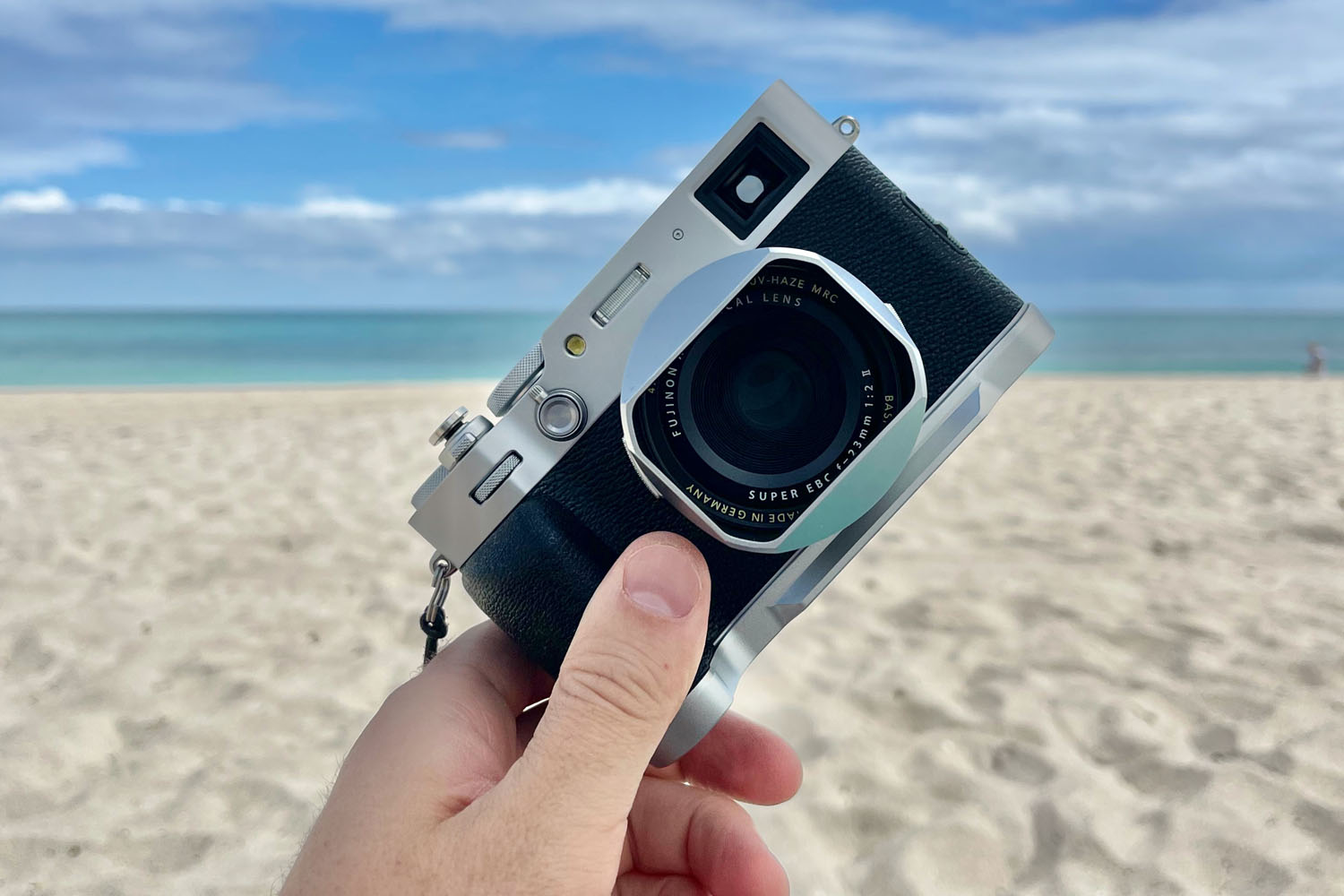A box of chocolates
I am Francisco Cribari, a Brazilian street photographer. Street photography is one of my passions. I like to walk around in public places photographing ordinary people going about their daily lives in candid fashion. I am drawn to life, to real life. Robert Doisneau once said that the marvels of daily life are exciting and no movie director can arrange the unexpected that you find in the street. I agree with him. The streets never cease to amaze me.
The nicest thing about street photography, in my opinion, is that sense of amazement, the unexpected situations that we face and that make us learn new things about the human condition. Photographer Thomas Leuthard once said that street photography is like a box of chocolates: you never know what you are going to get.


When I am on the streets I watch people coming and going. I pay attention to them. I wonder about their lives, about how they feel at that moment, about their hopes and dreams. Empathy is an important ingredient in street photography. Sometimes I see traces of myself in the people I photograph in the streets. After all, we are less unique than we like to admit.
We are all human beings, we all share the same anguish, the same discomfort about death, the same intrinsic solitude. Indeed, my favorite subject in street photography is urban solitude. We are born alone and we die alone. Ultimately, we live in constant loneliness. We try to hide that loneliness behind small talks, superficial social media interactions, cell phones and so on.
The city offers us a sizable paradox: we are alone even though we are constantly surrounded by hundreds, even thousands of people. It is this paradox that motivates me to hit the streets and make photos. Humanity is full of nuances and contradictions. Such nuances and contradictions are constantly explored by writers and painters. I strongly believe that photographers ought to do the same.
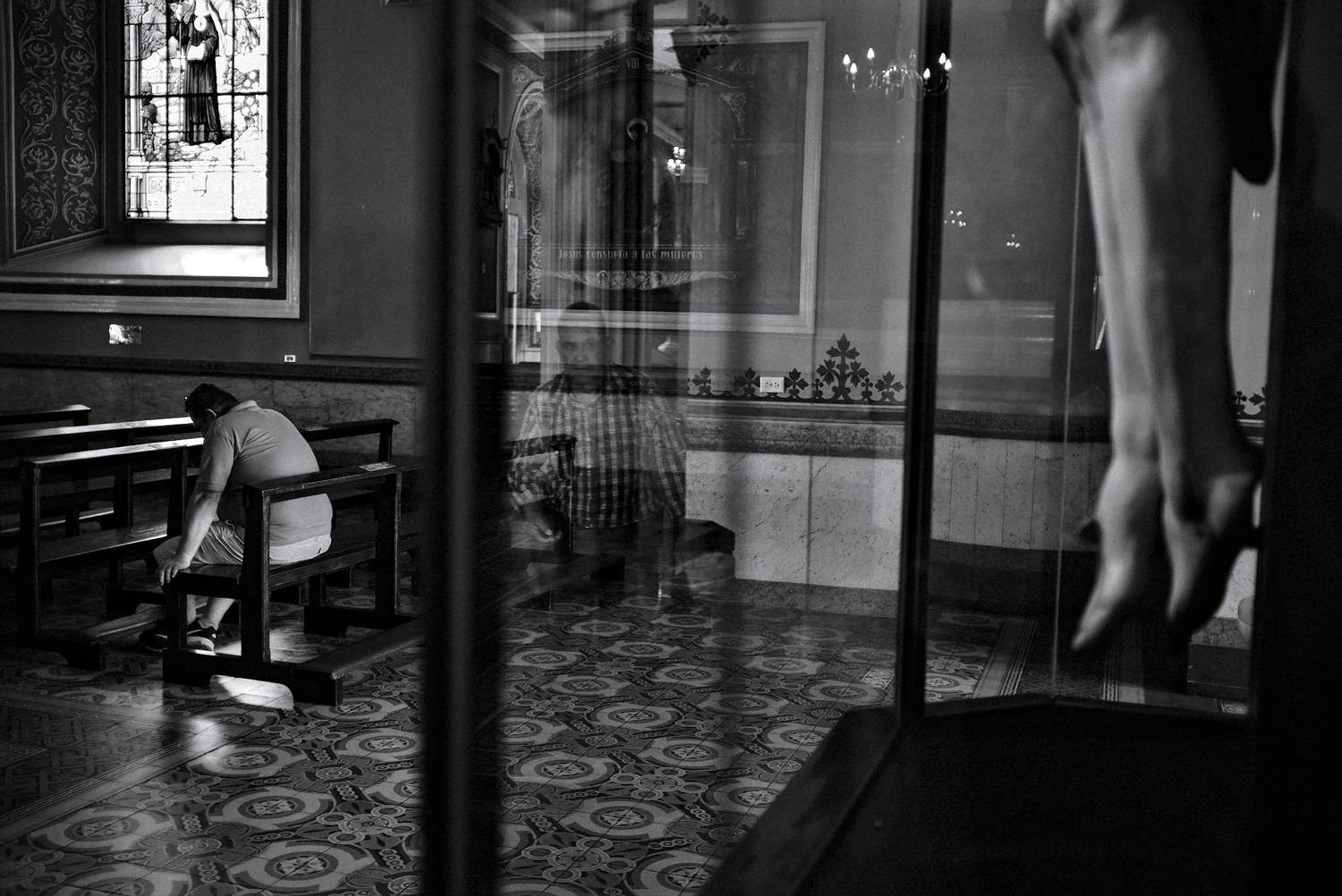
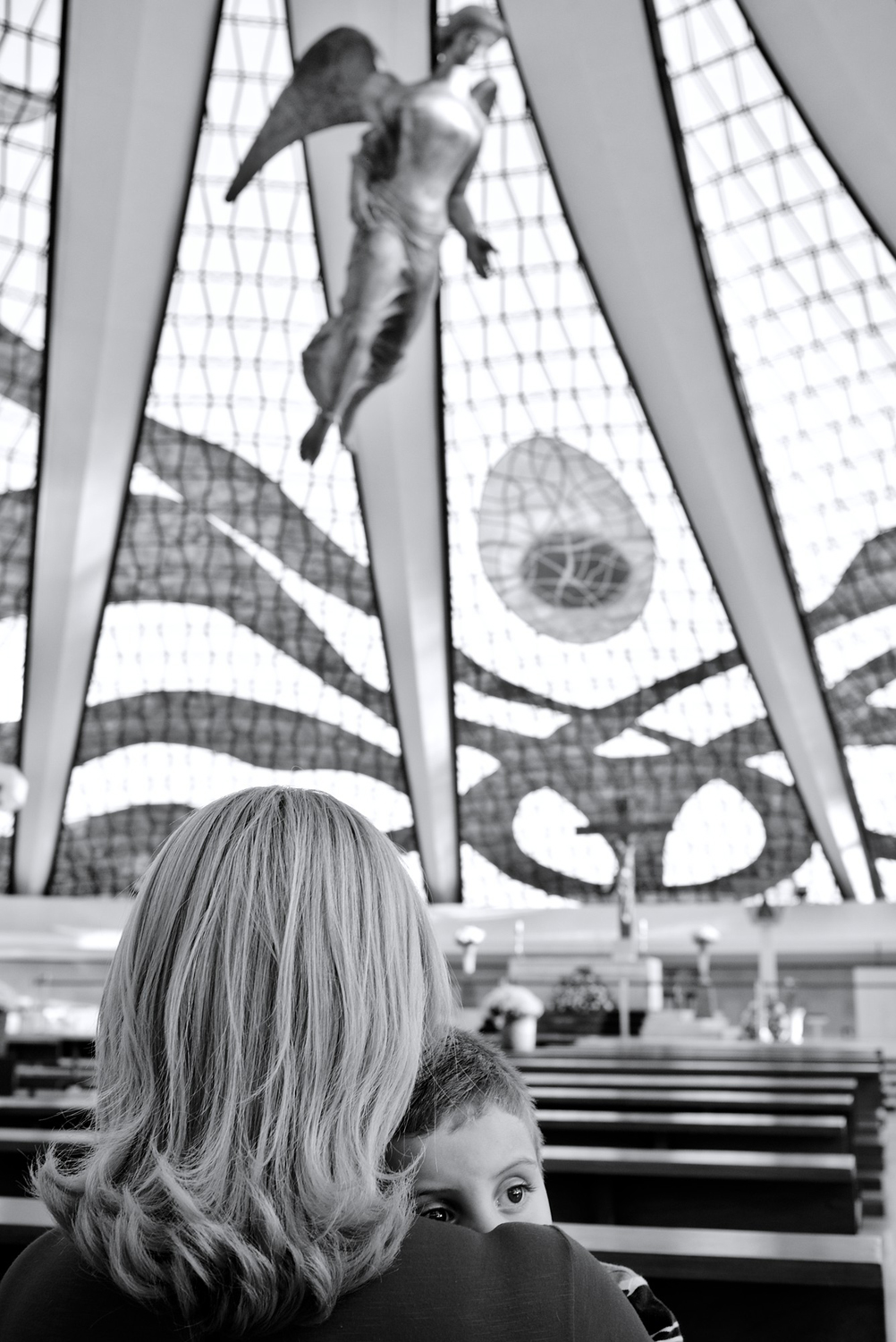
After spending a few years doing portraits, I learned two important lessons from two portrait photographers I admire, and I use such lessons in my street photography. The first lesson came from Platon and can be summarized in two words: simplify everything. The city is a mess; it is full of people, cars, signs, billboards, corners, etc.
It’s too much information. When I compose my images I try to simplify what I see in order make the human element stand out in the frame. Photography is not only about what one includes in the frame; it is also about what it is left out of it. The second valuable lesson came from Peter Lindbergh: imperfection is beauty. I never look for perfection.
The light is never perfect in the streets. Many compositions are conceived in a fraction of second, and as a consequence, they will never be as perfect as what one typically finds in staged images. Imperfection can be a strength in street photography. I embrace imperfection.
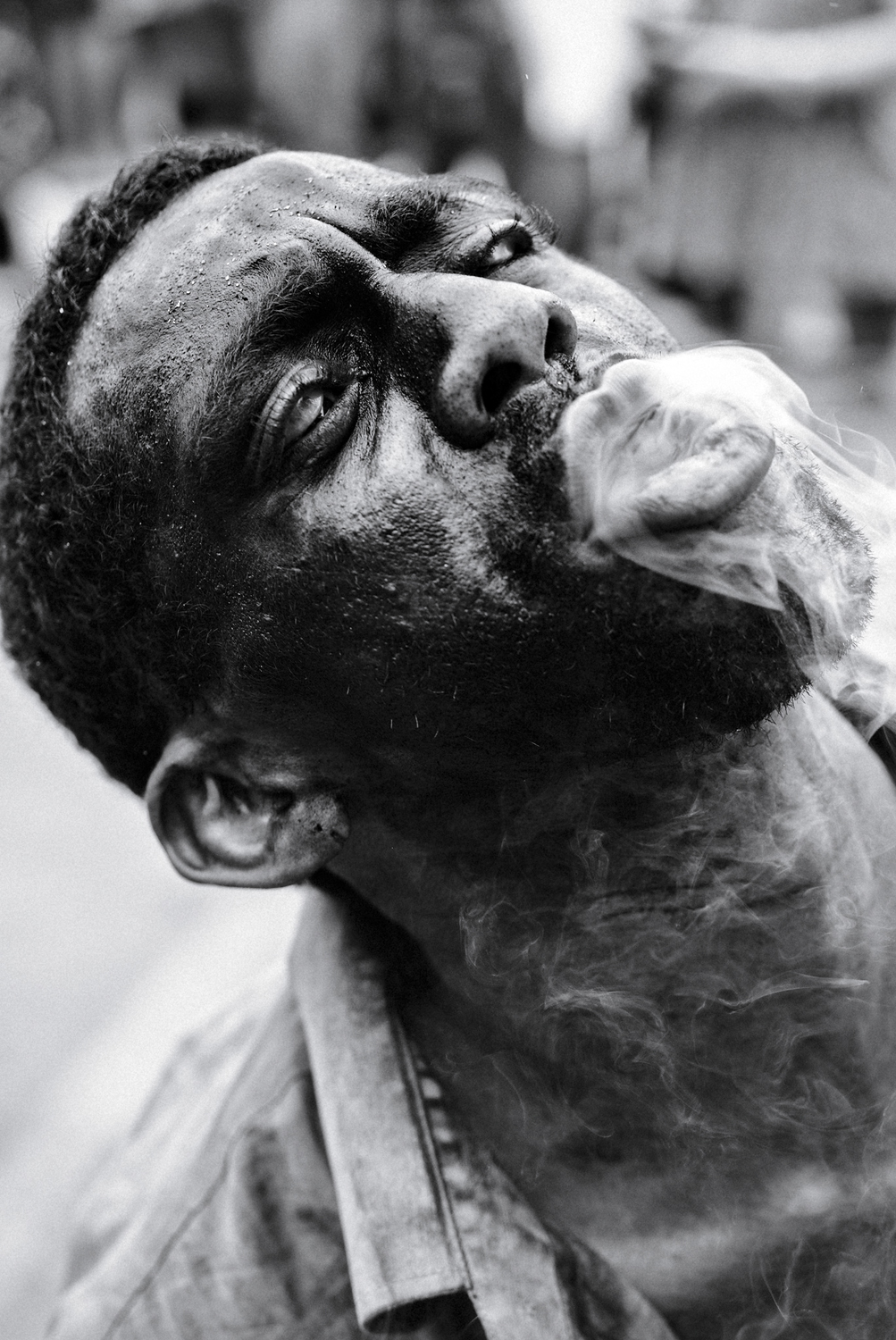
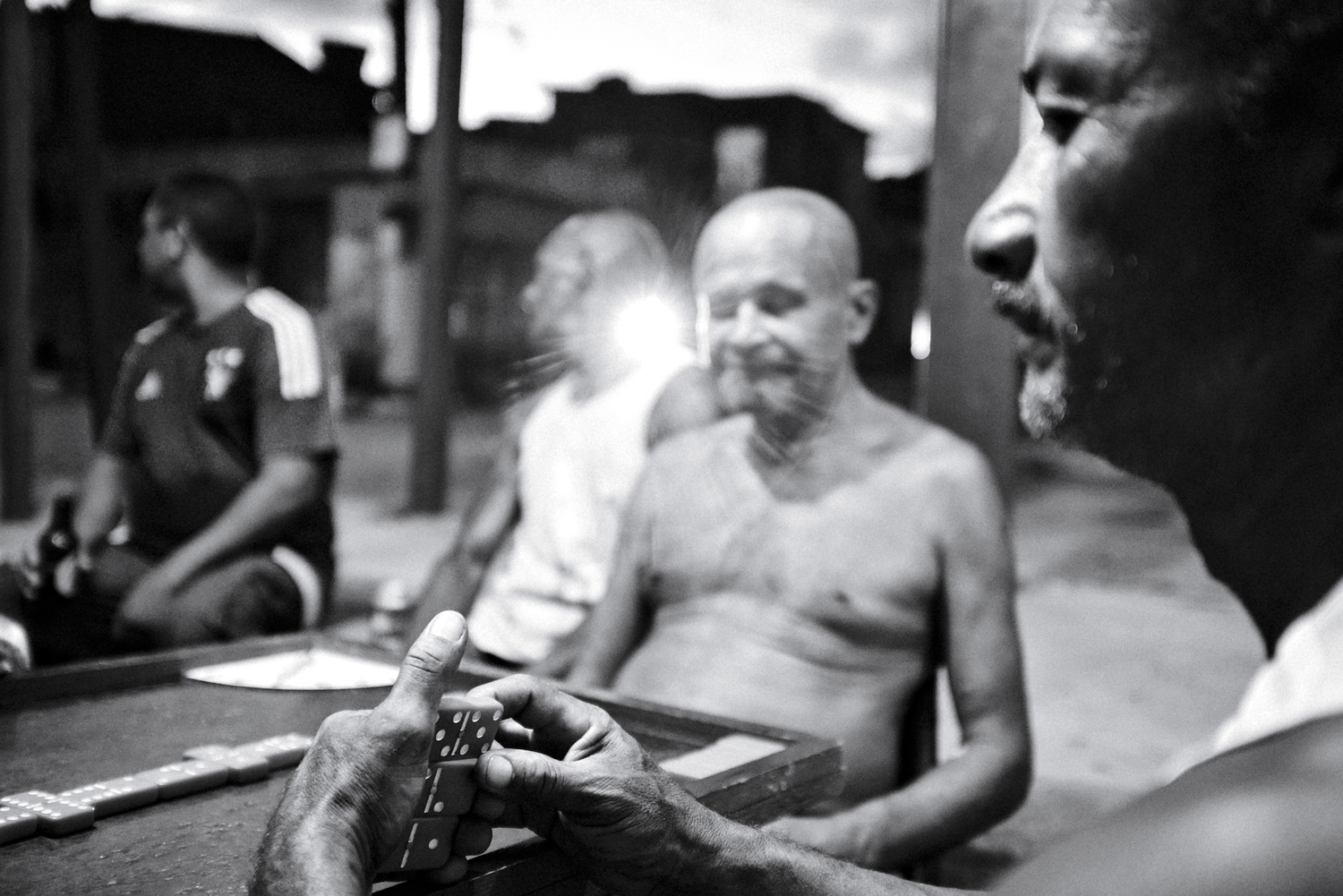
Nearly all of my street photographs are in black and white. I feel that black and white images are all about what is essential: composition and lighting. When color is removed from the image and all that is left are black, white and a rich scale of shades of gray such essential elements become more apparent.
Additionally, black and white images do not hold exact correspondence with the reality that they depict. To quote Aaron Siskind: “When I make a photograph, I want it to be an altogether new object, complete and self-contained, whose basic condition is order.” I agree with him.
Someone once said that black and white photography is more like reading the book than seeing the movie. There is a layer of abstraction and some details are left to the imagination.


My main influences in street and documentary photography are Henri Cartier-Bresson, Robert Frank and Alex Webb. In particular, I admire the geometric and precise compositions of Cartier-Bresson, the gut instinctive photographies of Frank and the complex compositions of Webb.
The Americans (by Robert Frank) and The Suffering of Light (by Alex Webb) are the two books that impacted me the most. Other influences are Bruce Gilden, Daido Moriyama, Diane Arbus, Elliott Erwitt, Garry Winogrand, Josef Koudelka, Ralph Gibson, Rui Palha, Saul Leiter and Sebastião Salgado.
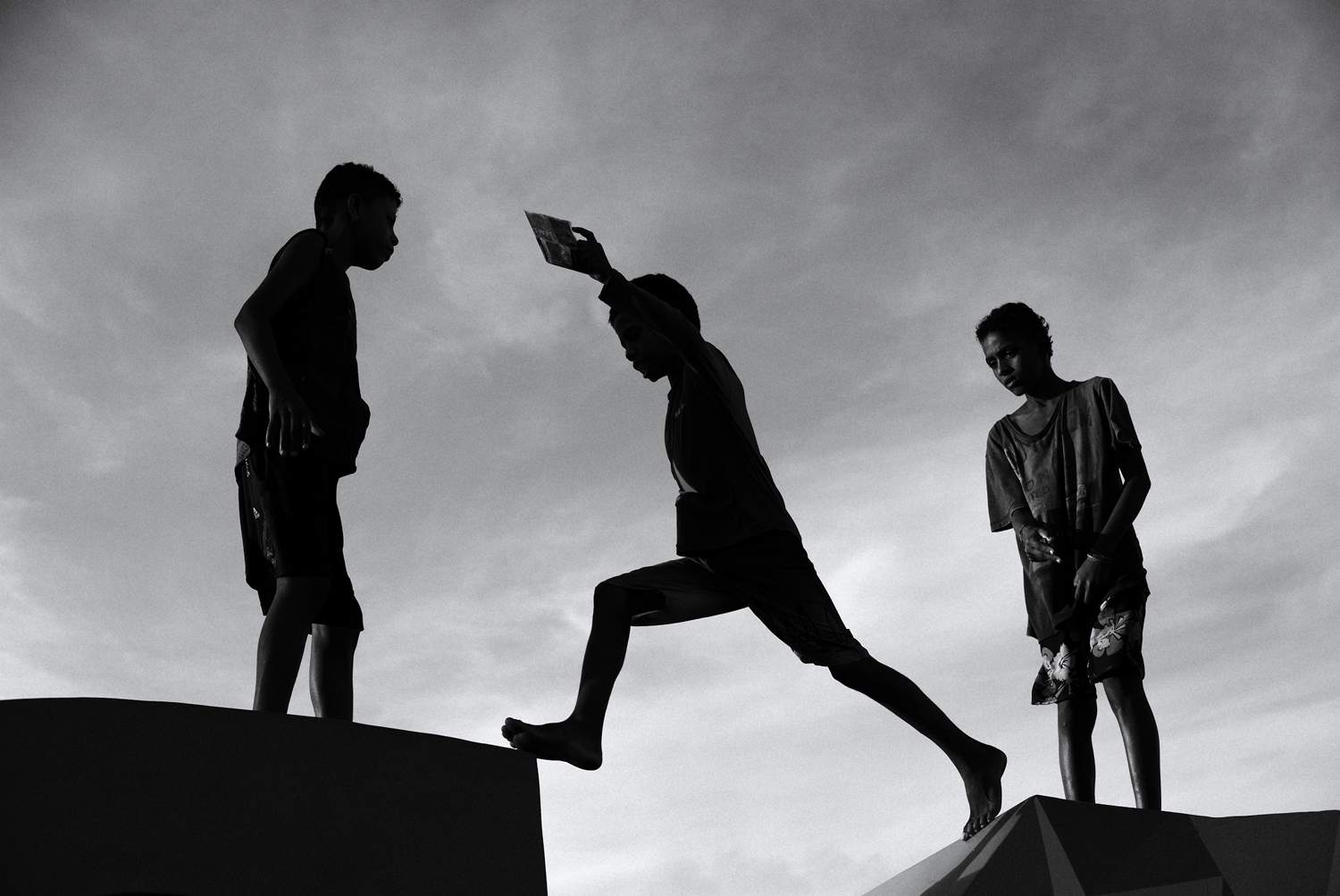
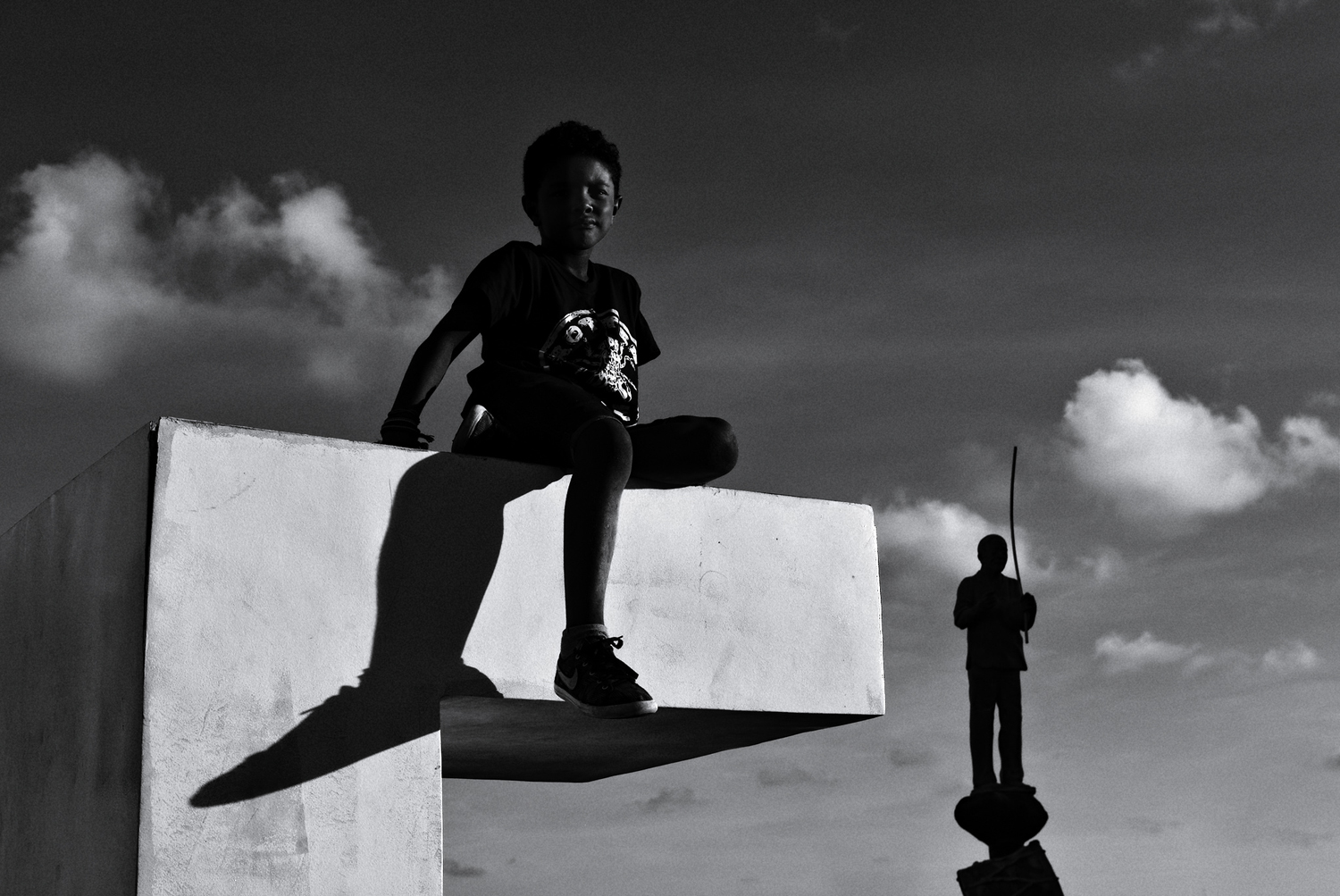
I used to primarily shoot with Nikon full frame cameras. I still have my beloved Nikon D800, even though I rarely use it nowadays. After I started shooting with Fujifilm cameras my Nikon cameras started to see less action. My current setup consists of three Fujifilm cameras, namely: X-Pro2, X100S and X100T.
The lenses I use with my X-Pro2 are Fujifilm XF 35mm f/2 R WR, Fujifilm XF 50mm f/2 R WR and Fujifilm XF 56mm f/1.2 R. I chose Fujifilm because of: (1) compactness, (2) image quality, (3) APS-C sensor, (4) fast autofocus, (5) manual controls and (6) outstanding lenses.
Additionally, by using cameras from the X100 and X-Pro series I am able to switch back and forth between electronic and optical viewfinder. In particular, I use the optical viewfinder when I want to be able to see beyond the frame limits.
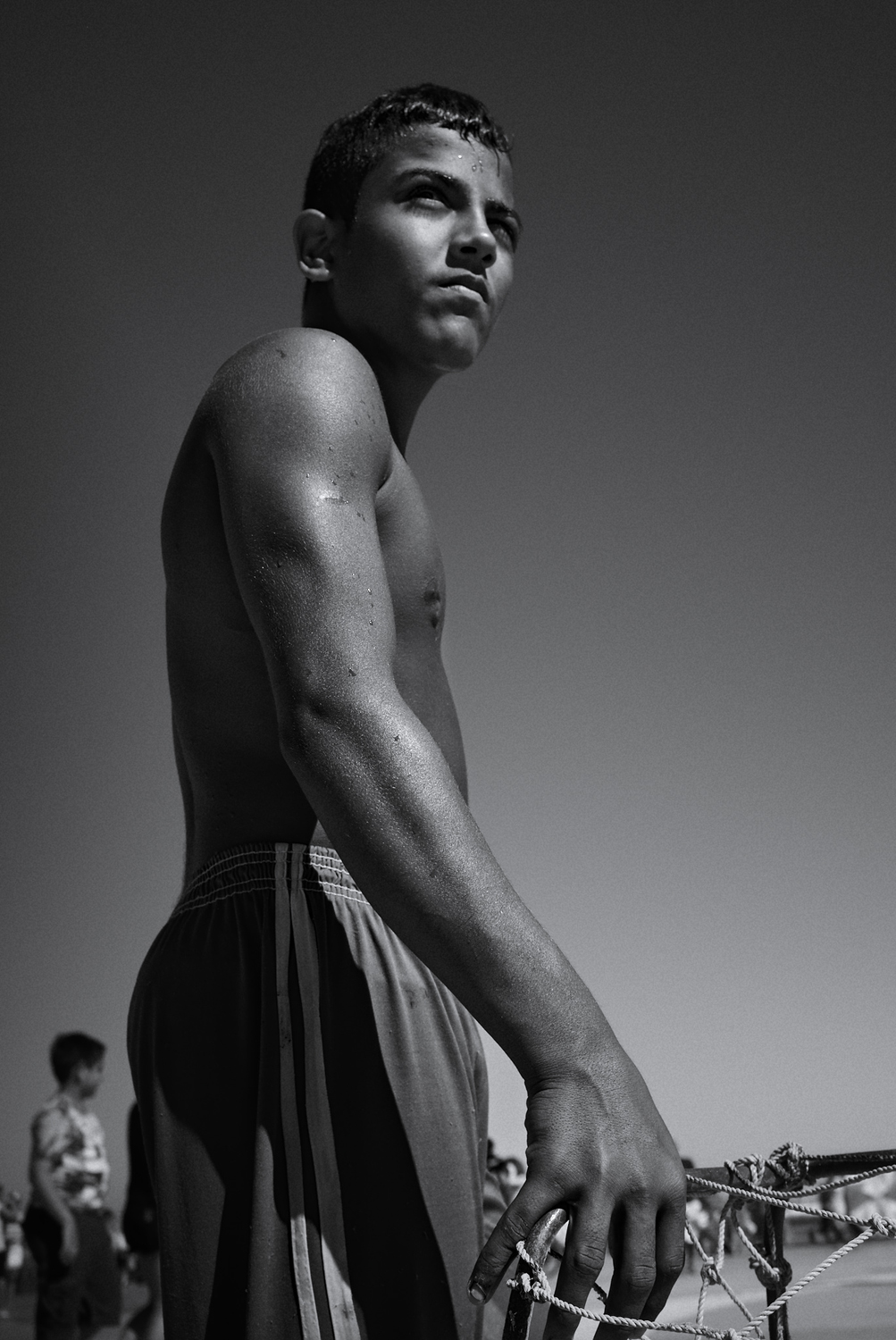

Most of my street images are produced in aperture priority mode. I set the ISO and the aperture and let the camera choose the shutter speed. I use exposure compensation to make adjustments to personal taste.
Most of the time I use autofocus (AF-S, single point), but I also like to use manual focus with focus peaking. Focus peaking works extremely well in all Fujifilm cameras I used. I don’t shoot in burst mode; it’s always a single click. I like that challenge.
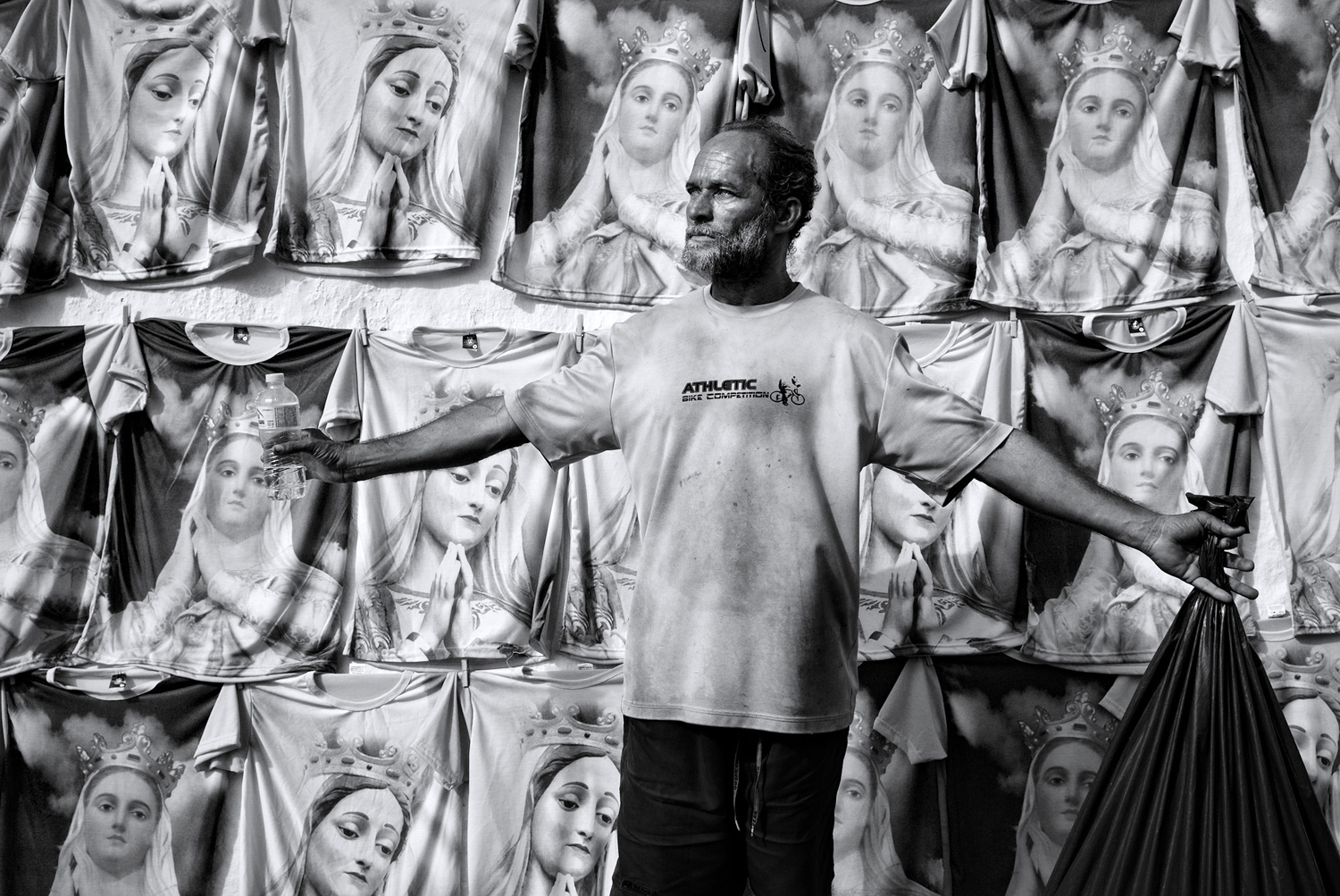
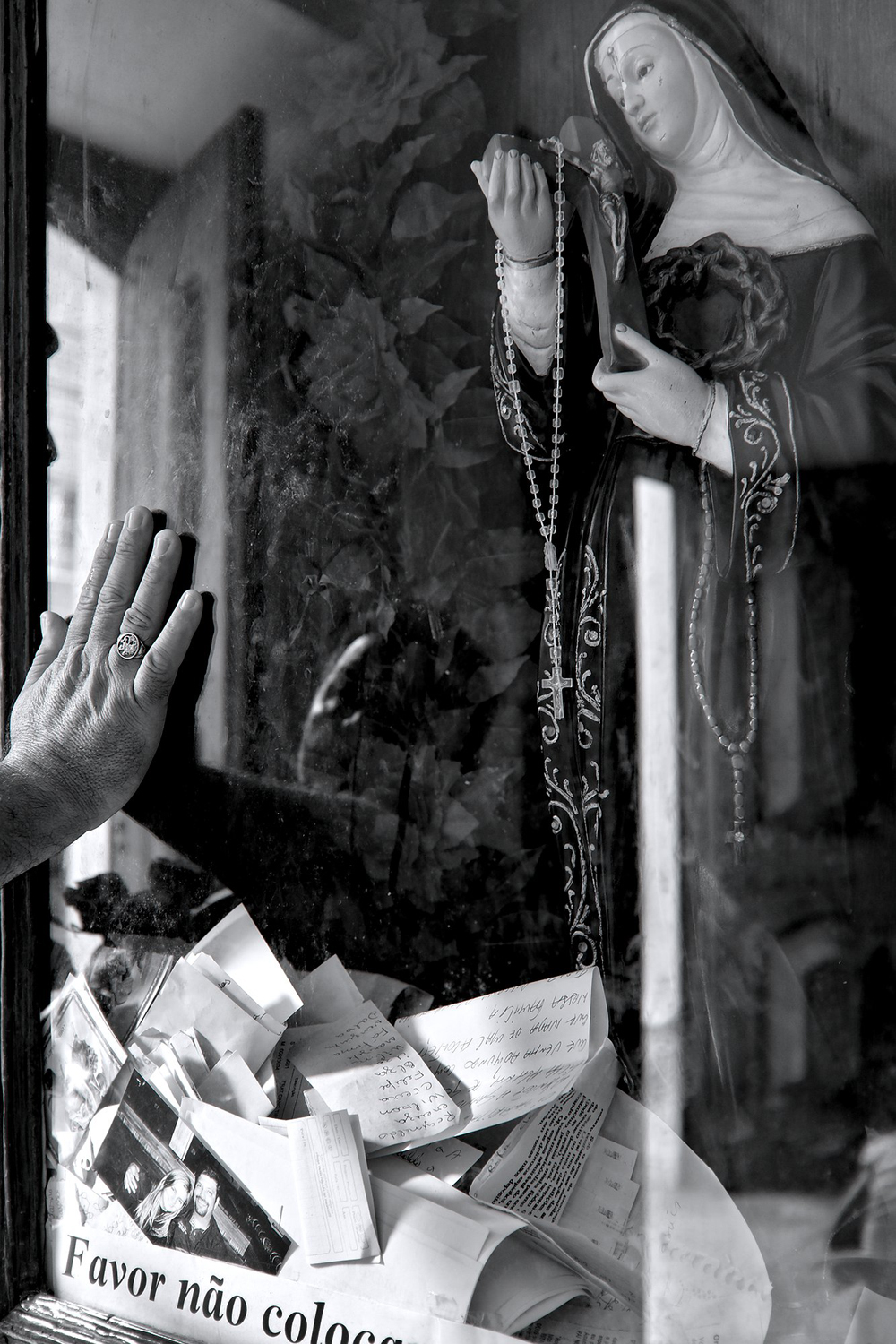
Fujifilm JPEG images are known to be excellent and the Fujifilm film emulation presets are outstanding, my favorite being Acros. However, my preference is for working with RAW files. I like to have full control over the final look of my photographs. I process my images with an open source RAW developer: Darktable.
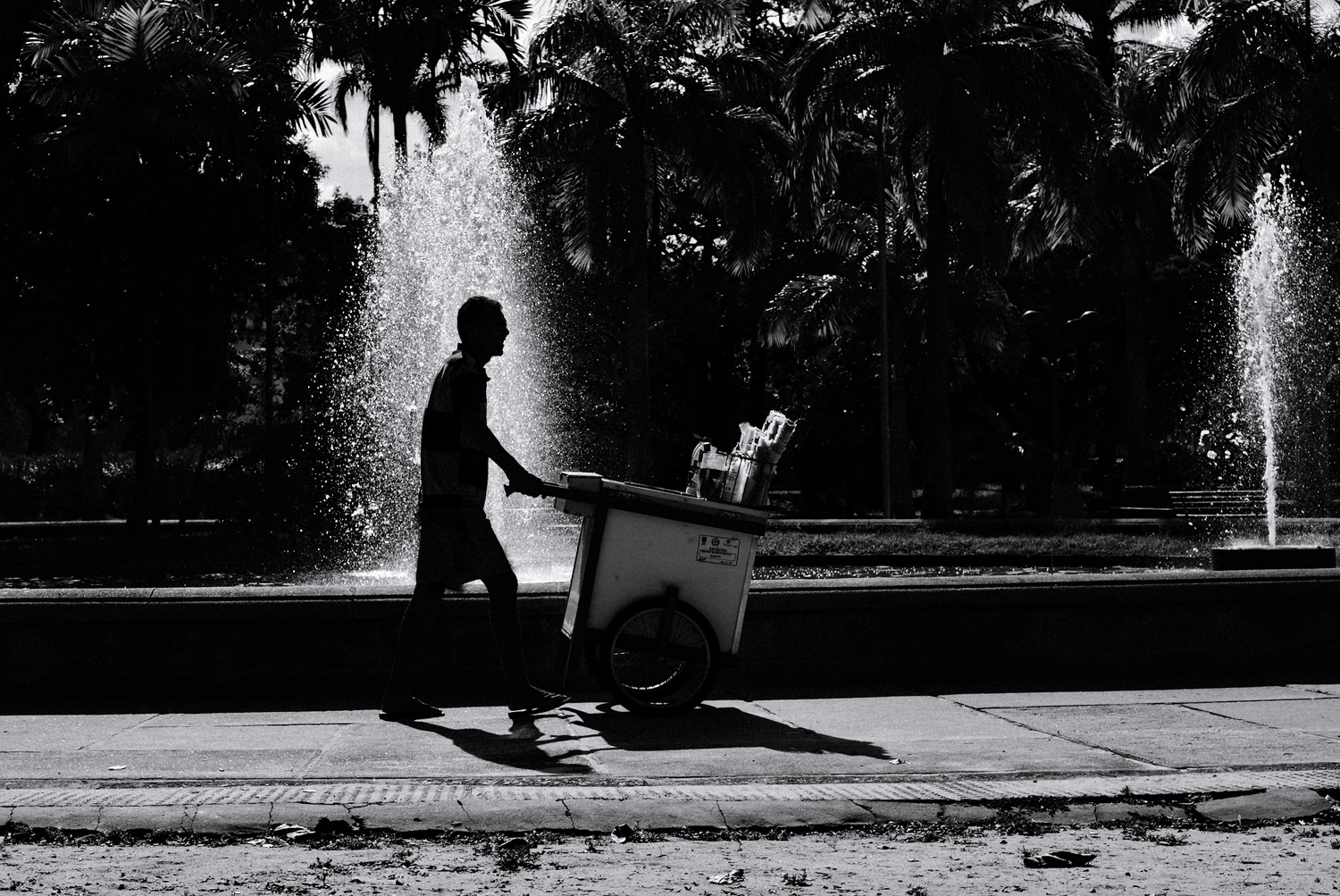
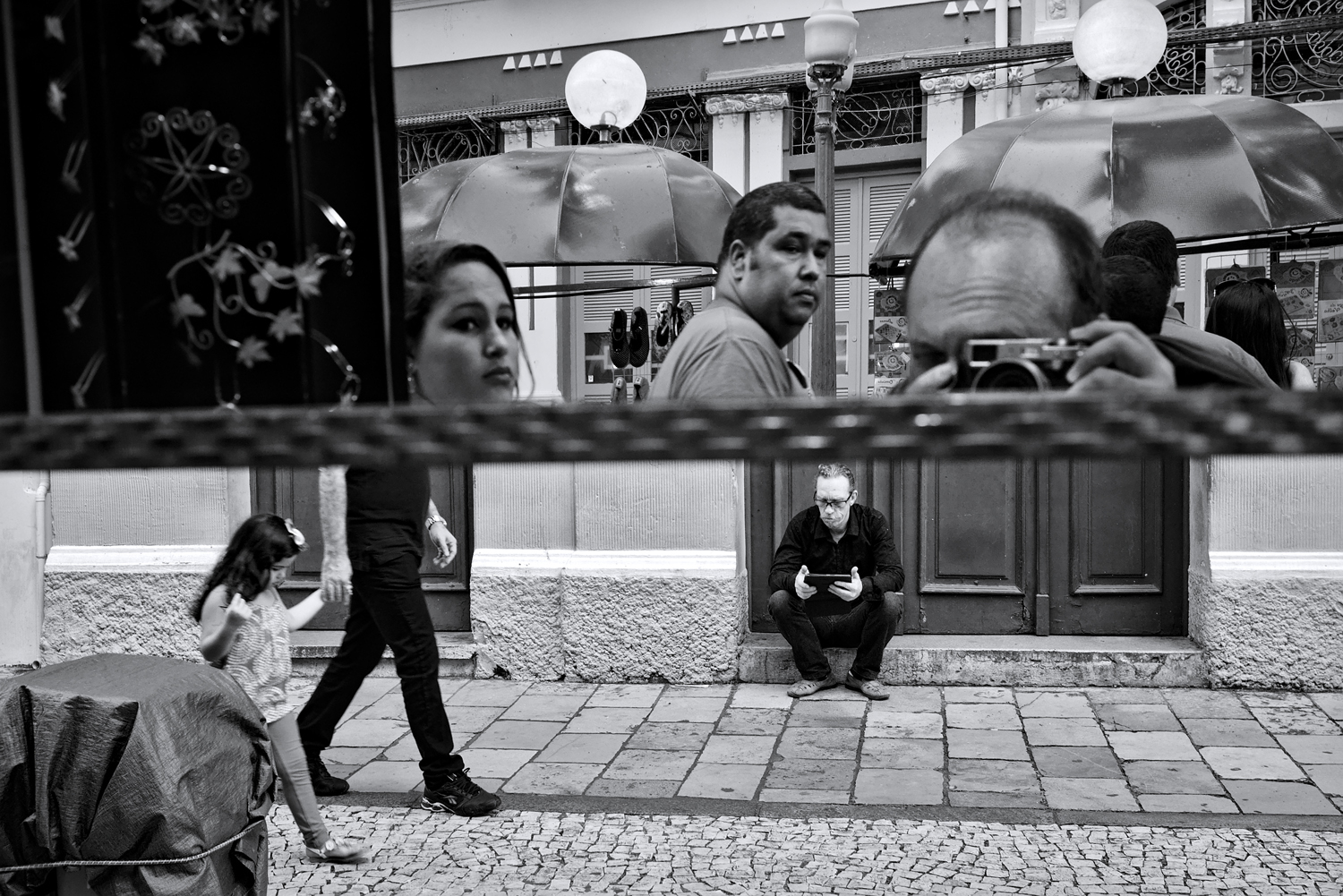
My main tips on street photography are as follows. First, use a short focal distance, for instance 35mm or 50mm (in full frame equivalent); 85mm (FF equiv.) is generally the maximum focal distance viewed as acceptable for street photos. You need to be close to the people you photograph. Recall what Robert Capa taught us: “If your pictures aren’t good enough, you’re not close enough.” Second, don’t photograph people in the streets at random.
Select a main point of interest (usually a person) and build an interesting composition around it. Third, develop a style. That includes the way you post-process your images. Fourth, do not over-process your photographs. A street photograph should be processed in a couple of minutes or less; some even say in a minute or less. Typically, that entails doing some lens correction, exposure and white balance adjustment (if needed), noise reduction (if needed), conversion to black and white (if desired), adjusting contrast (typically, increasing contrast – the tone curve is an excellent tool for that), adding some local contrast (clarity), and adding some vignetting (if desired).
That’s typically it. Fifth, do not watermark your images. Sixth, avoid photographing homeless people and street artists. We do not like to photograph homeless people because they are in a vulnerable situation. We avoid photographing street artists because that is too easy. Seventh, study. Read books and take courses. Eight, visit museums and appreciate art. When looking at a painting, pay attention to the colors the artist used and how he/she composed the image.
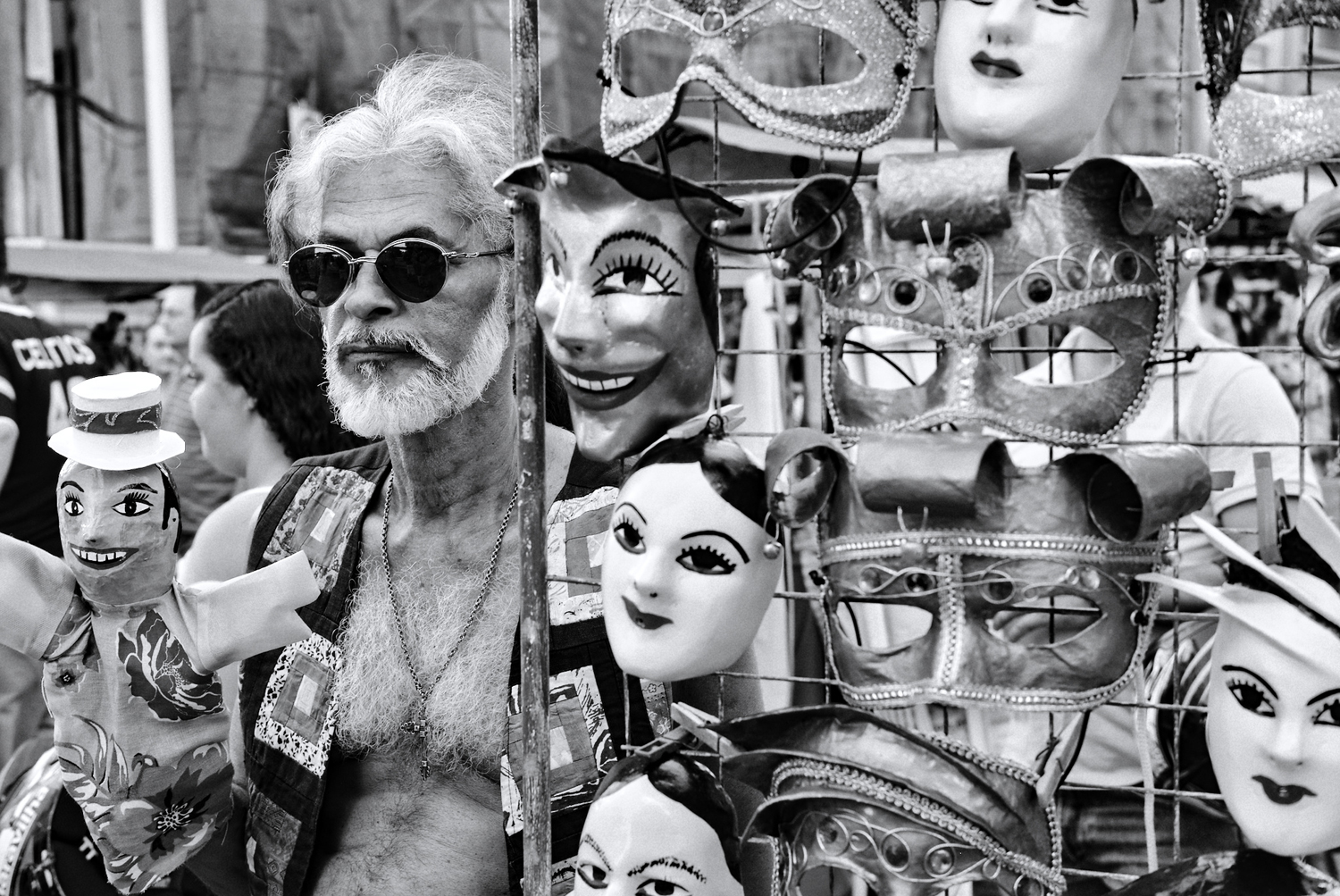

Street photography is as much about the photographer as about the people that he/she photographs. Magnum Photographer Bruce Gilden summarized that: “I am photographing myself out there. Not myself physically, but mentally. It’s my take on the world.” My Fujifilm gear helps me translate my outlook on the world into still images. When I go out to the streets I have a Fujifilm camera in my hands and a well defined and ambitious goal: to capture images that are at the same time non-obvious and meaningful.
My images can be viewed on my web page which also contains a blog on street photography.


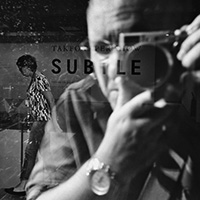
Francisco Cribari is a freelance photographer specialized in street photography and portraits who lives in Recife, Brazil. He is also a baroque music and Linux enthusiast. His passion for photography started in the late 1970s when he studied at Imagem and Ação (São Paulo, Brazil). More recently, he studied street photography with Thomas Leuthard (three courses), among others. He was also a student in the Masterclass on Portrait Photography taught by Brazilian photographer Marcio Scavone. His main subject is people, be it on the studio (fashion photography, portraits) or on the street (street photography). There is no richer subject to be explored. Our humanity is full of contradictions and nuances to be explored. As the writer Richard Powers once put it, “the purpose of art is to remind us that there are an infinite number of options that we haven’t even considered yet.” This is also the purpose of photography at large and that is what he tries to reflect in his photos.

